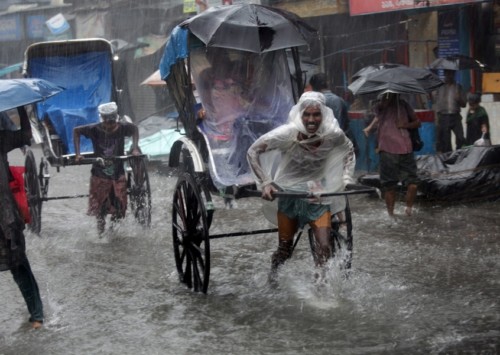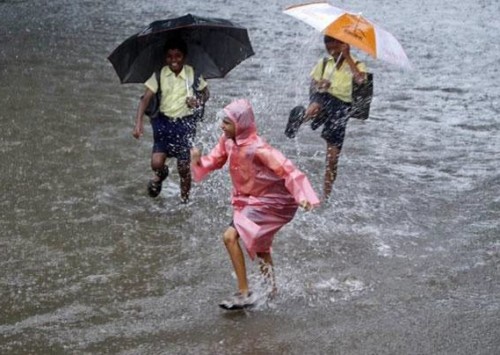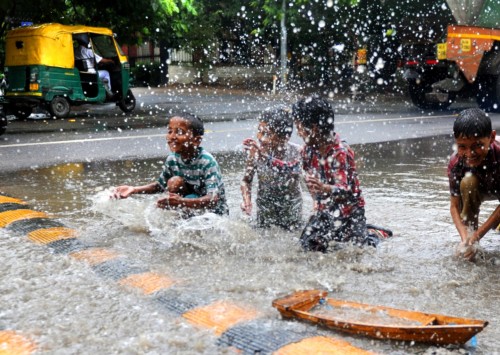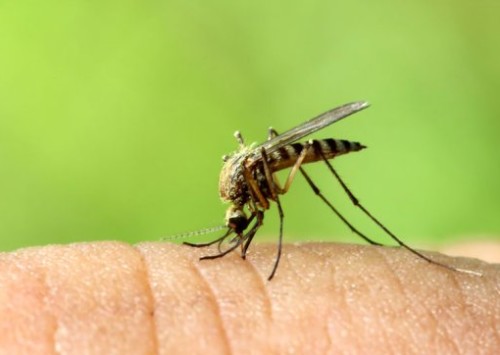India welcomes monsoon 2016
India & You
It’s the time of the year that brings relief from the hot and dusty weather and provides Indian farms the much needed irrigation.
Parts of India have been picking rains in the past few weeks and covering the rainfall deficit for the season. All of India except some parts of the western state of Gujarat and Rajasthan, in the north, have welcomed monsoon.
Rainfall has picked up in central and northern India and the 2016 monsoon is likely to deliver 106 pc rains on a Long Period Average (LPA).
Awaiting rainfall for summer crops
Indian agriculture is mostly dependent on rains which deliver nearly 70 pc of water needed for farms, reservoirs and aquifers. Farmlands across the country that are without any irrigation cover depend on the annual rains to grow a number of crops. Planting and growing summer crops like paddy rice, soya beans, cotton and pulses depends largely on the rainfall received.
Sowing of these crops, mainly paddy, has improved with the active monsoon and there could be some pick-up, as southwest monsoon enters western and northern parts of the country in the next few weeks.
Data released by the agriculture ministry showed that paddy was covered on 4.77 million hectares so far this year, marginally higher than 4.76 million hectares in the year-ago period.
A good shower leads to good agricultural production which in turn boosts the rural economy, subside food inflation, brings about a rise in the Gross Domestic Product (GDP) and is thus critical to India’s continuing economic recovery.
India has been receiving scarce monsoons rainfall for the past two years and the showers this year are to make up for them.
Erratic monsoons: of floods and droughts
Inconsistency in Indian monsoons is not uncommon. In 2015, the total rainfall was 14 pc below a 50-year-average, between June and September, which was exceptionally low. Droughts of this sort happen about once every 18 years. Areas, especially in the north and eastern coasts had precipitation 40 pc below average which led to a huge deficit. This could be credited to the climate changes, which cause extreme variations in rains.
The year 2014 too saw one of the worst monsoons of the near past. The four-month long monsoon ended with 12 pc below average rainfall, making it the worst in the five years preceding 2014. It had only begun to pour in the latter half of the season and the late retreat came as an edgy rescuer to the summer crops. Although, the deficit didn’t lead to a drought from the agriculture point of view but had a severe effect on certain harvests. States like Haryana and Uttar Pradesh had to seek federal government subsidies on diesel to run pumps for irrigation. Also, the late monsoons brought floods in many areas, further adding to the variation in the pour.
The past two year’s record of monsoons is the reason why the country is looking forward to monsoon 2016.















